This art museum, originally chartered in 1876 for the Centennial Exposition in Philadelphia, has impressive collections containing over 240,000 objects in over 200 galleries spanning 2,000 years. It includes major holdings of European, American and Asian origin, showing the creative achievements of the Western world since the first century BC and those of Asia since the third millennium AD.
The various classes of artwork include sculpture; paintings; prints; drawings; photographs;, arms and armor; and decorative arts.
Standouts include a great Rogier van der Weyden altarpiece, the large The Bathers by Paul Cezanne, a room devoted to Philadelphia’s own realist painter Thomas Eakins, and the notorious mixed-media Bride Stripped Bare by her Bachelors (most often called The Large Glass), exactly as the Dada master Marcel Duchamp installed it.
Upstairs are over 80 period rooms, from a Medieval cloister to an Indian temple. In recent years, the museum has helped to organize shows, from Paul Cezanne and Edgar Degas to Constantin Brancusi and Barnett Newman.
The main museum building, on Fairmount, a rocky hill topped by the city’s main reservoir located at the northwest end of the Benjamin Franklin Parkway (formerly Fairmount Parkway) at Eakins Oval, was completed in 1928.
The museum administers several annexes including the Rodin Museum, also located on the Benjamin Franklin Parkway, and the Ruth and Raymond G. Perelman Building (opened in 2007), which is located across the street just north of the main building.
Check out “Rodin Museum” and “Ruth and Raymond G. Perelman Building“

Botanist Take a Core Sample of a 350 year old Redwood Tree, Redwood National Park, California (2008)
The main museum building and its annexes, owned by the City of Philadelphia, are administered by a registered nonprofit corporation.
The Philadelphia Museum of Art also administers the historic colonial-era houses of Mount Pleasant and Cedar Grove, both located in Fairmount Park.
Every year, several special exhibitions are held in the museum including touring exhibitions arranged with other museums in the United States and abroad.
The final design of the main building, in the form of three linked Greek temples, is mostly credited to two architects in the architectural firms of Horace Trumbauer and Zantzinger, Borie and Medary – Howell Lewis Shay for the building’s plan and massing, and chief designer Julian Abele for the detail work and perspective drawings.
Abele, the first African-American student to graduate (in 1902) from the University of Pennsylvania‘s Department of Architecture (now known as Penn’s School of Design) adapted Classical Greek temple columns for the design of the museum entrances, and was responsible for the colors of both the building stone and the figures added to one of the pediments.
In 1919, construction of the main building began when Mayor Thomas B. Smith laid the cornerstone in a Masonic ceremony. The building was constructed with dolomite quarried in Minnesota. Because of shortages caused by World War I and other delays, the new building was not completed until 1928.
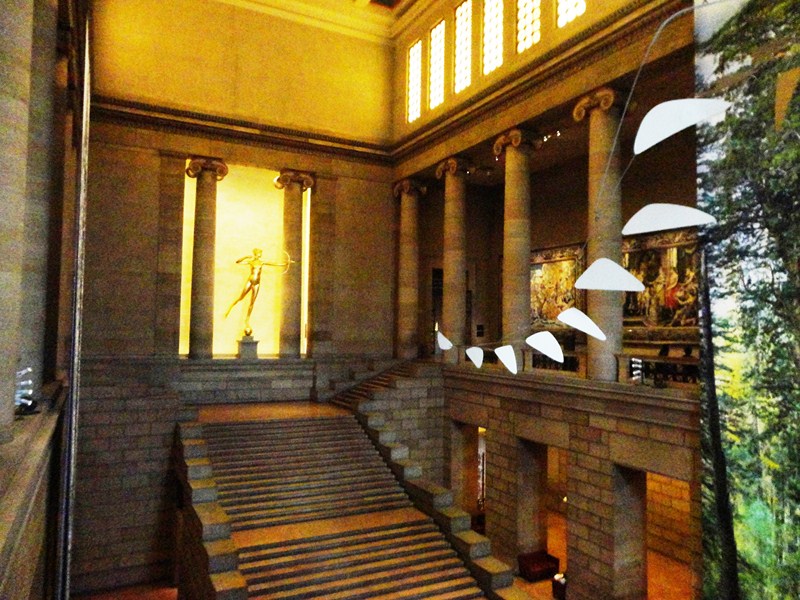
Interior. At the top of the stairs is a statue of Diana (Gilded copper sheets, Augustus Saint Gaudens, 1892-93)
To help assure the continued funding for the completion of the design, the wings were intentionally built first and, once the building’s exterior was completed, 20 second-floor galleries containing English and American art opened to the public on March 26, 1928, though a large amount of interior work was incomplete. The building is also adorned by a collection of bronze griffins, which were adopted as the symbol of the museum in the 1970s.
Here are some interesting trivia regarding this museum:
- In 2016, 775,043 people visited the museum, ranking it among the top one hundred most-visited art museums in the world.
- Based on gallery space, the museum is also one of the largest art museums in the world.
- It is the third-largest art museum in the country.
- The building’s eight pediments were intended to be adorned with sculpture groups but one, “Western Civilization” (1933) by Paul Jennewein, and colored by Leon V. Solon, has been completed. This sculpture group, awarded the Medal of Honor of the Architectural League of New York, features polychrome sculptures of painted terra-cotta figures, depicting Greek deities and mythological figures.
- Due to a partnership, enacted early in the museum’s history, between the museum and the University of Pennsylvania, the museum does not have any galleries devoted to Egyptian, Roman, or Pre-Columbian art. The university loaned the museum its collection of Chinese porcelain, and the museum loaned a majority of its Roman, Pre-Columbian, and Egyptian pieces to the university. However, the museum still retains a few important pieces for special exhibitions.
- In recent decades, the Philadelphia Museum of Art has become known due to the role it played in the Rocky films—Rocky (1976) and five of its six sequels, II, III, V, Rocky Balboa and Creed. Rocky Balboa‘s (portrayed by Sylvester Stallone) famous run up the 72 steps of the east entrance stairs (informally nicknamed the Rocky Steps) is often mimicked by visitors to the museum. The museum’s stairs has been named by Screen Junkies as the second most famous movie location behind only Grand Central Station in New York.
- For the filming of Rocky III, a 2.6 m. (8.5 ft.) tall bronze statue of the Rocky Balboa character, created in 1980, was placed at the top of the museum’s front stairs in 1982 (and again for the film Rocky V). After filming was complete, Stallone donated the statue to the city of Philadelphia. In 2006, the statue was relocated, from the now-defunct Spectrum sports arena, to a new display area on the north side of the base of the stairs.
Here’s a historical timeline of the museum’s collections:
- Its permanent collection began with objects from the 1876 Centennial Exposition (America’s first World’s Fair) and gifts from the public impressed with the exhibition’s ideals of good design and craftsmanship.
- After the Pennsylvania Museum and School of Industrial Art was opened on May 10, 1877, European and Japanese fine and decorative art objects and books for the museum’s library were among the first donations.
- Starting in 1882, Clara Jessup Moore donated a remarkable collection of antique furniture, enamels, carved ivory, jewelry, metalwork, glass, ceramics, books, textiles and paintings.
- In 1893 Anna H. Wilstach bequeathed a large painting collection, including many American paintings, and an endowment of US$500 million for additional purchases.
- Within a few years, works by James Abbott McNeill Whistler and George Inness were purchased
- In 1894, the Countess de Brazza’s lace collection was acquired, forming the nucleus of the lace collection.
- In 1899,Henry Ossawa Tanner‘s The Annunciation was bought.
- In 1942, E. Gallatin accepted an offer from the Philadelphia Museum of Art to provide a home for his collection. Within a few months 175 works from his collection were moved to Philadelphia.
- In 1945, the estate of George Grey Barnard sold his second collection to the Philadelphia Museum of Art.
- On December 27, 1950, after protracted discussions and many visits from Director Fiske Kimball and his wife Marie, Louise and Walter Arensberg presented their collection of over 1000 objects to the Philadelphia Museum of Art.
- Shortly after her 1956 wedding to Prince Rainier of Monaco, Philadelphian Grace Kelly donated her wedding dress to the museum.
- Extensive renovation of the building lasted from the 1960s through 1976. Major acquisitions included the Carroll S. Tyson, Jr. and Samuel S. White III and Vera White collections, 71 objects from designer Elsa Schiaparelli, and Marcel Duchamp‘s Étant donnés.
- In 1980, the museum acquired After the Bath by Edgar Degas.
- In 1986, the art collection of John D. McIlhenny was bequeathed to museum. It includes masterpieces such as Ingres’s ”Comtesse de Tournon,” Delacroix’s 1844 version of ”The Death of Sardanapalus,” Degas’s ”Interior” of 1888-89,” Mary Cassatt at the Louvre” and ”Woman Drying Herself,” Cezanne’s portrait of his wife, van Gogh’s ”Rain,” Seurat’s ”Trombone Player: Study for ‘La Parade,” Toulouse-Lautrec’s ”At the Moulin Rouge” and Matisse’s ”Still Life on Table – The Pineapple” (1925)
- In 1989, the museum acquired Fifty Days at Iliam by Cy Twombly.
The Asian collection is highlighted by paintings and sculpture from China, Japan and India; furniture and decorative arts (including major collections of Chinese, Japanese and Korean ceramics); a large and distinguished group of Persian and Turkish carpets; and rare and authentic architectural assemblages such as a Chinese palace hall, a Japanese teahouse, and a 16th-century Indian temple hall.
Dating from the medieval era to the present, the European collection encompasses Italian and Flemish early-Renaissance masterworks; strong representations of later European paintings (including French Impressionism and Post-Impressionism); sculpture (with a special concentration in the works of Auguste Rodin); decorative arts; tapestries; furniture; and period rooms and architectural settings ranging from the facade of a medieval church in Burgundy to a superbly decorated English drawing room by Robert Adam.
The comprehensive arms and armor collection, the second-largest collection in the United States, was acquired from celebrated collector Carl Otto Kretzschmar von Kienbusch in 1976, the Bicentennial Anniversary of the American Revolution. Spanning several centuries, it includes European and Southwest Asian arms and armor.
Check out “Von Kienbusch Galleries of Arms and Armor“
The American collection, among the finest in the United States, surveys more than three centuries of painting, sculpture, and decorative arts, with outstanding strengths in 18th- and 19th-century Philadelphia furniture and silver, Pennsylvania German art, rural Pennsylvania furniture and ceramics, and the paintings of Thomas Eakins (the museum houses the most important Eakins collection in the world).
Modern artwork includes works by American Modernists as well as those of Pablo Picasso, Jean Metzinger, Antonio Rotta, Albert Gleizes, Marcel Duchamp, Salvador Dalí and Constantin Brâncuși. The expanding collection of contemporary art includes major works by Cy Twombly, Jasper Johns, and Sol LeWitt, among many others.
The museum also houses an encyclopedic holding of costume and textiles, as well as prints, drawings, and photographs. For reasons of preservation, they are displayed in rotation.
In the square in front of the museum is an equestrian statue of George Washington erected by the German sculptor Rudolf Siemering.
The grandiose flight of steps behind him are flanked on the left The Lion Fighter, by Carl Conrad Albert Wolff, and on the right is The Amazon Attacked by a Panther by August Kiss, both casts from the Rauch School.
The one-acre, terraced Anne d’Harnoncourt Sculpture Garden, dedicated to the museum’s late director Anne d’Harnoncourt (1943–2008) and designed by OLIN landscape architects working with Atkin Olshin Schade Architects, extends the Museum’s vast galleries to the outdoors while strengthening its connections to the city of Philadelphia and Fairmount Park.
The garden is divided into five sections: the Upper Terrace, the Lower Terrace, two graveled galleries and a paved plaza. Works here include the iconic Giant Three-Way Plug (Cube Tap) of Claes Oldenburg which was presented to the museum by Geraldine and David N. Pincus; Flukes, the large-scale sculpture of a whale’s tail by Gordon Gund; Steps (Philadelphia) and Pyramid (Philadelphia), two concrete block sculptures by Sol LeWitt; a granite bench and table as well as a marble chair by Scott Burton; Steel Woman II by Thomas Schütte; and Curve I, a remarkable work, from 1973, made of weathering steel by Ellsworth Kelly.
Philadelphia Museum of Art: 2600 Benjamin Franklin Parkway, Philadelphia, Pennsylvania 19130, USA. Tel: (215) 763-8100 Website: www.philamuseum.org. Open Tuesdays- Sundays, 10 AM – 5 PM. Admission: US$20/adult, children below 12 years old is free.


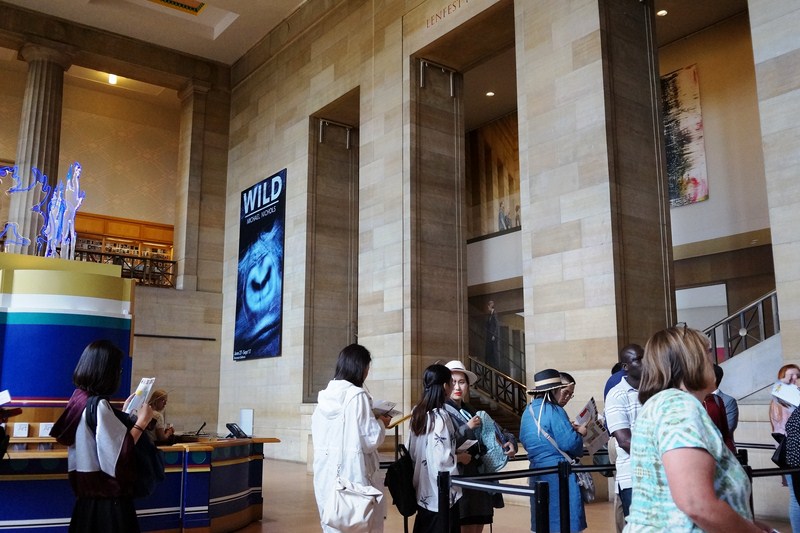
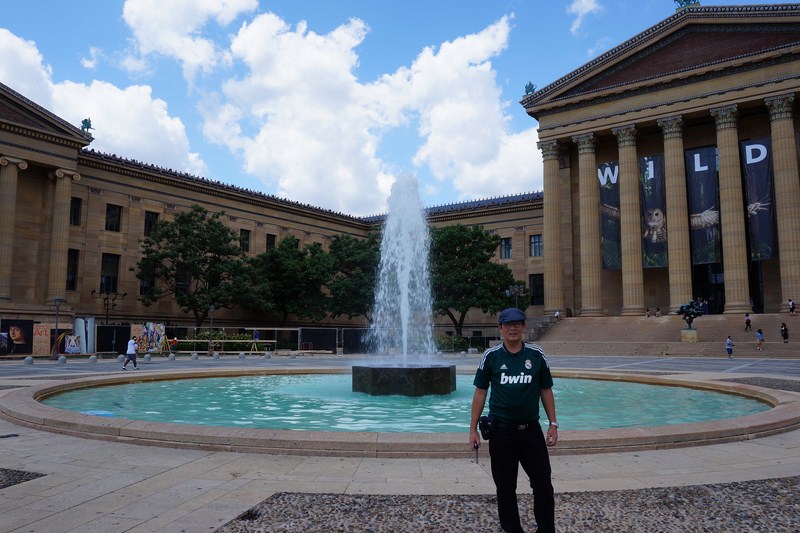

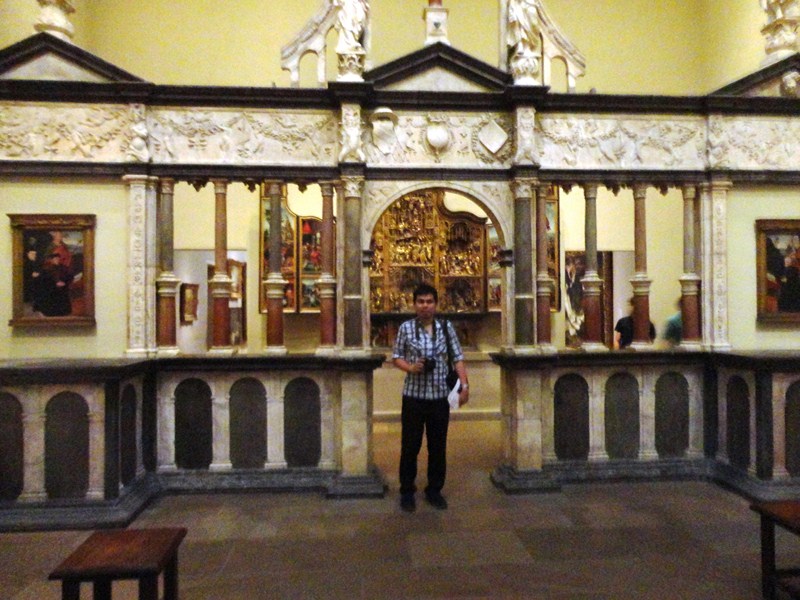
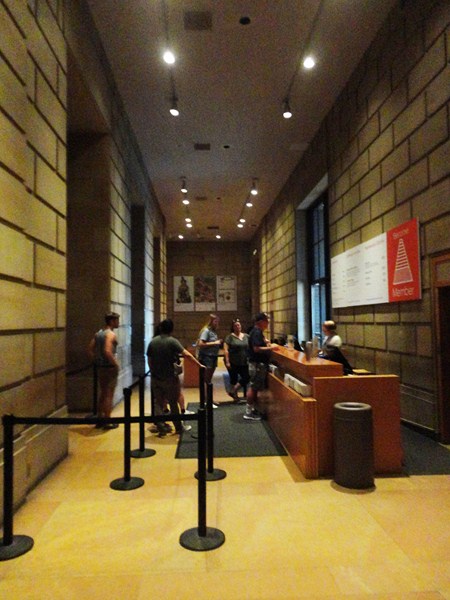

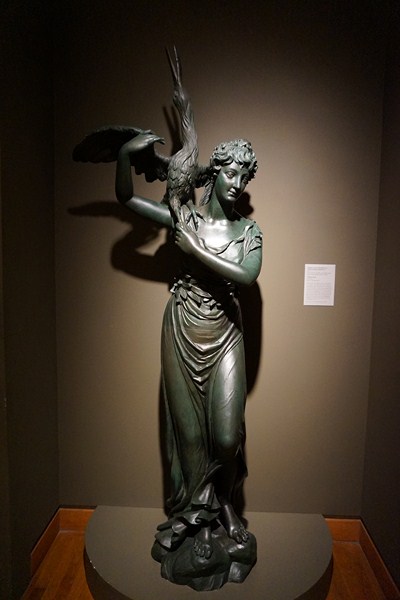
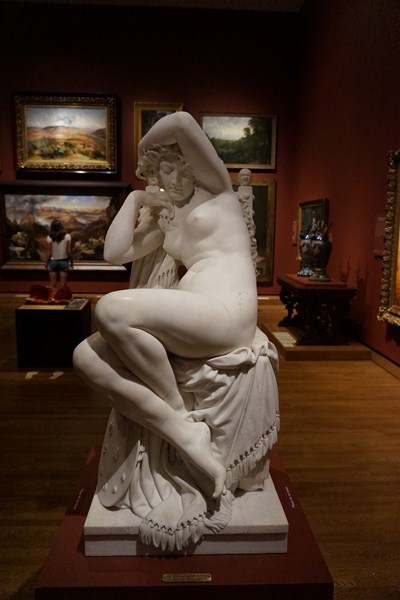


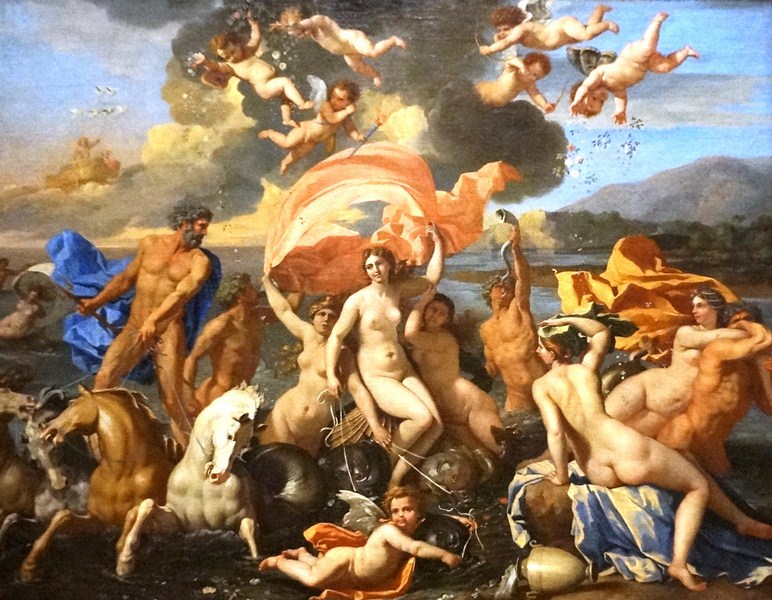


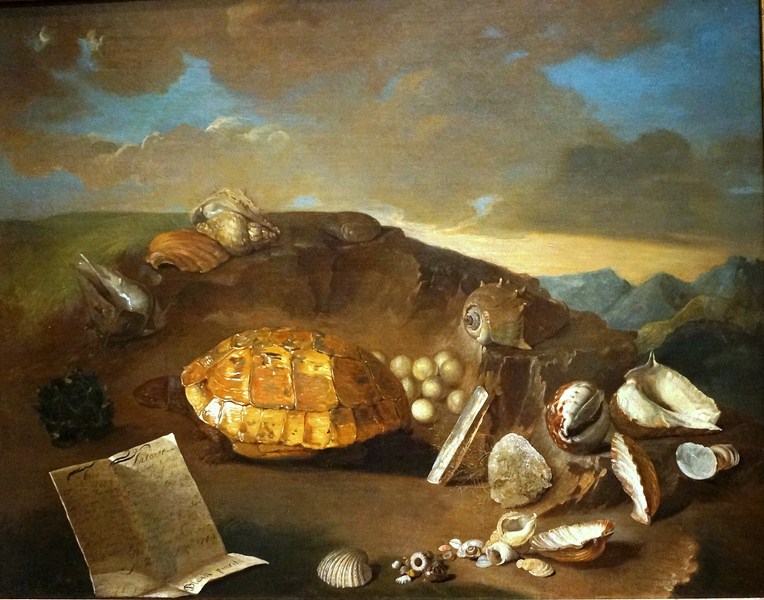
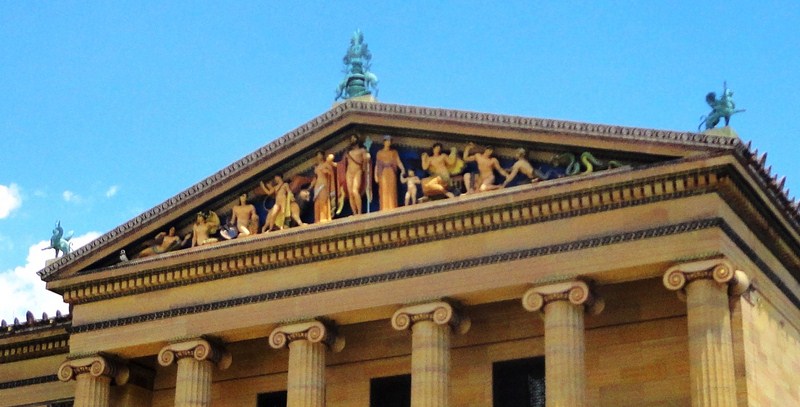
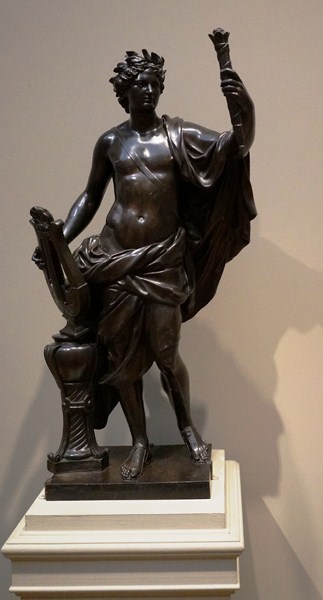
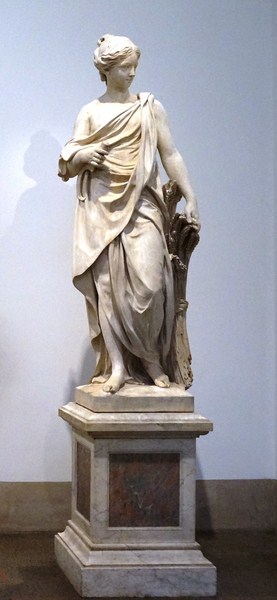
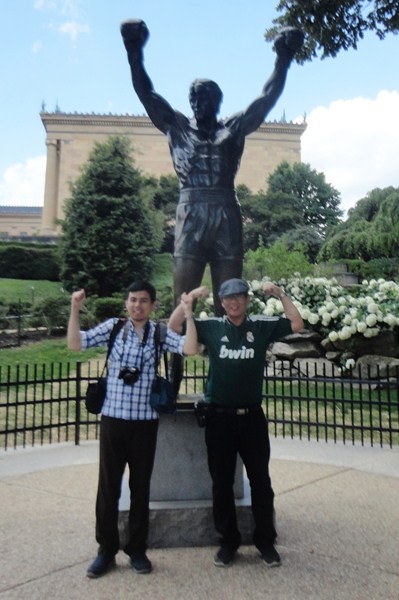
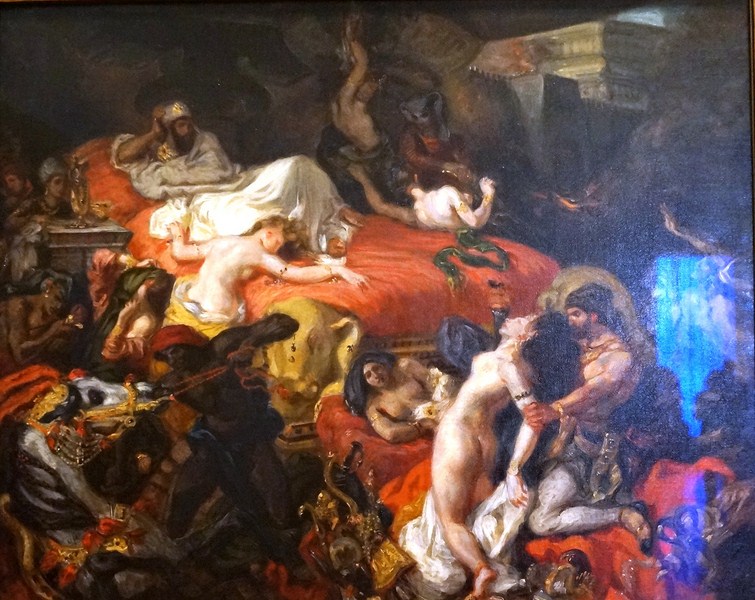
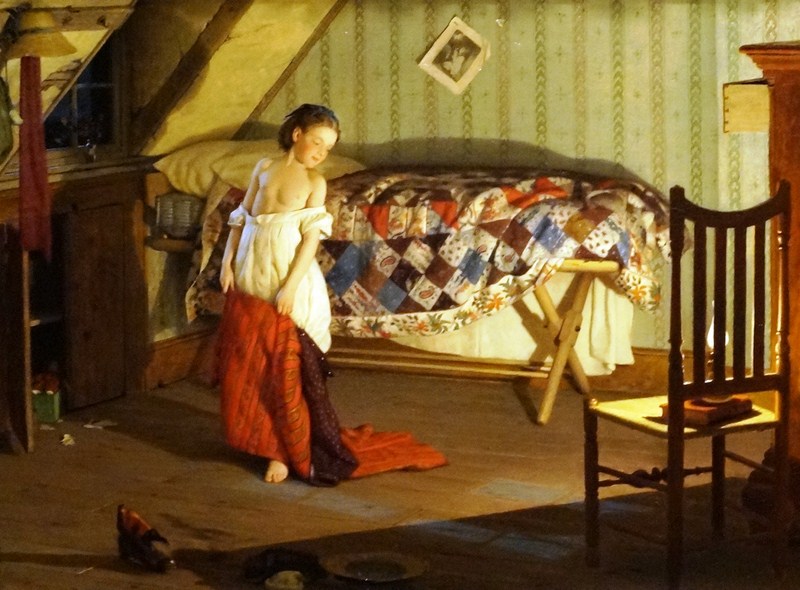
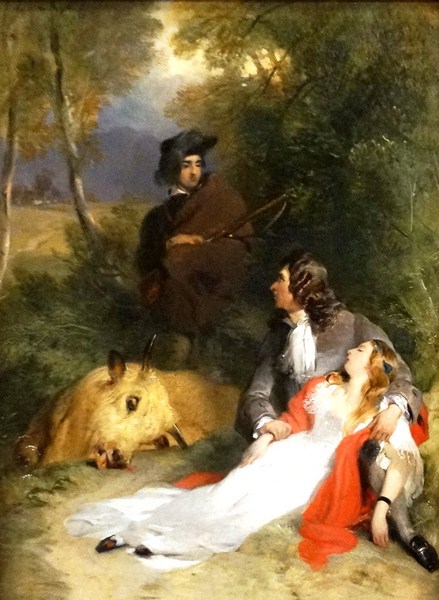
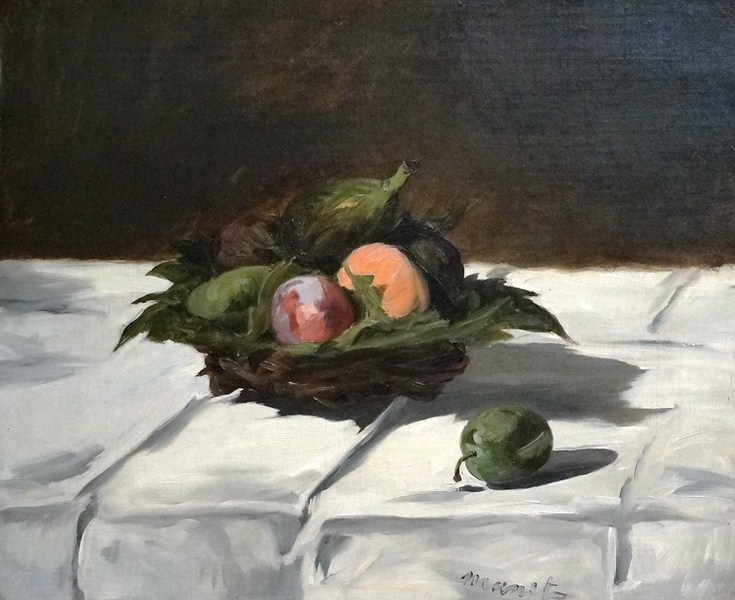

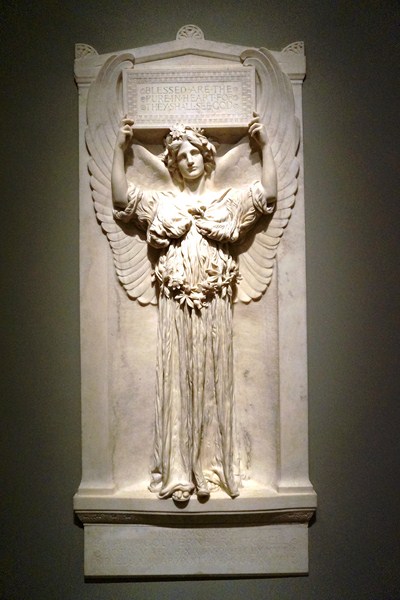
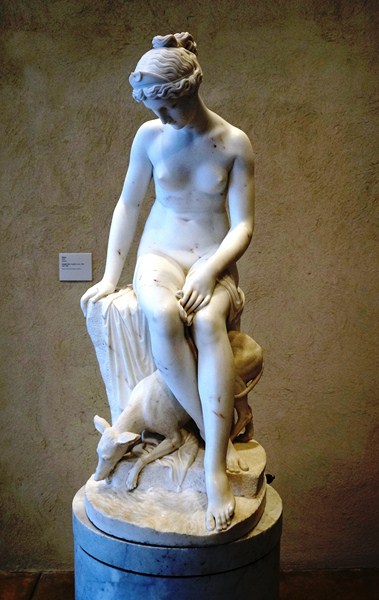
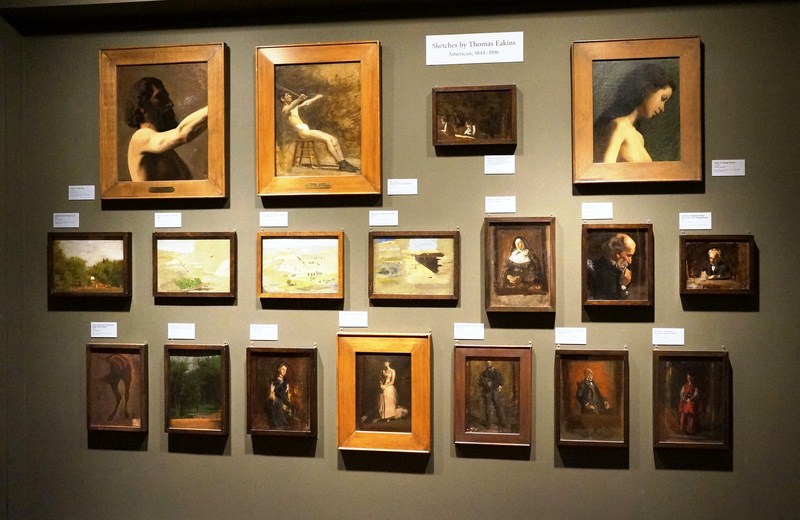
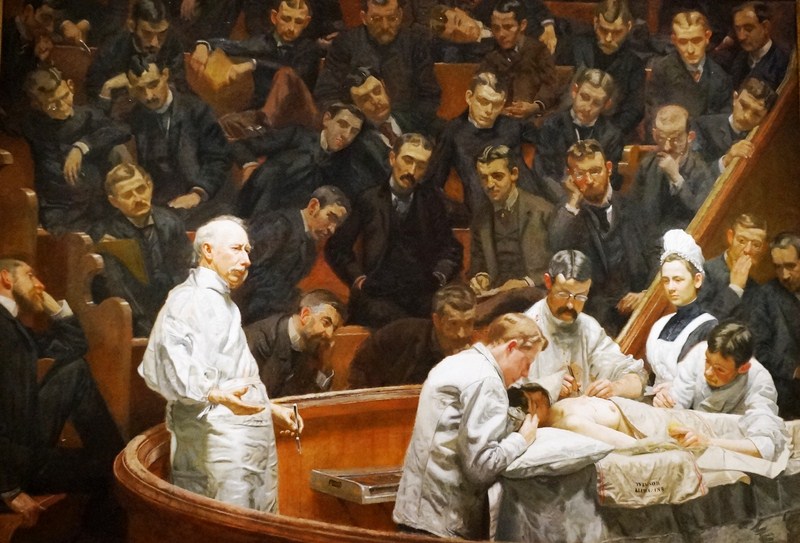
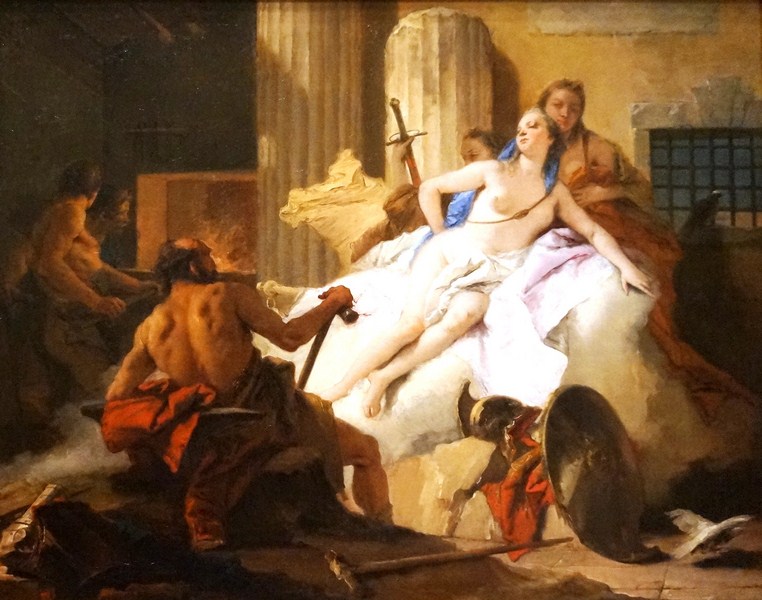
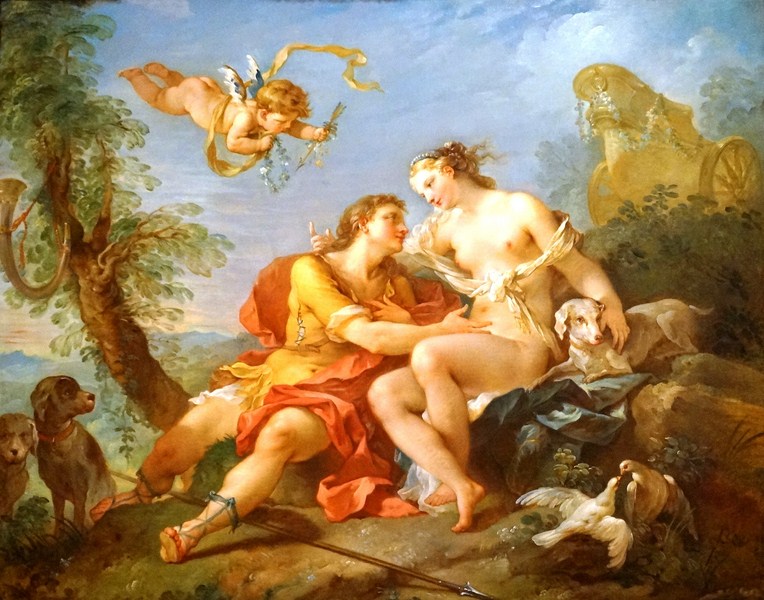
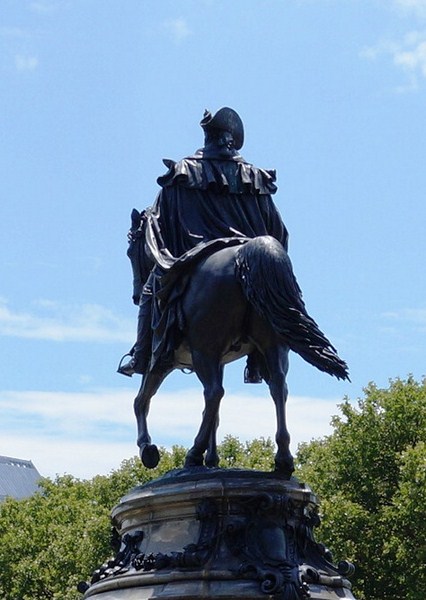

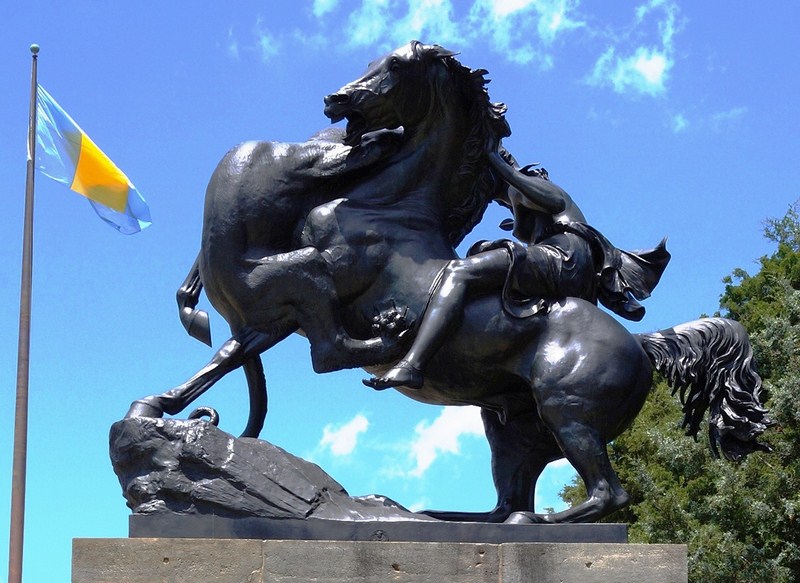
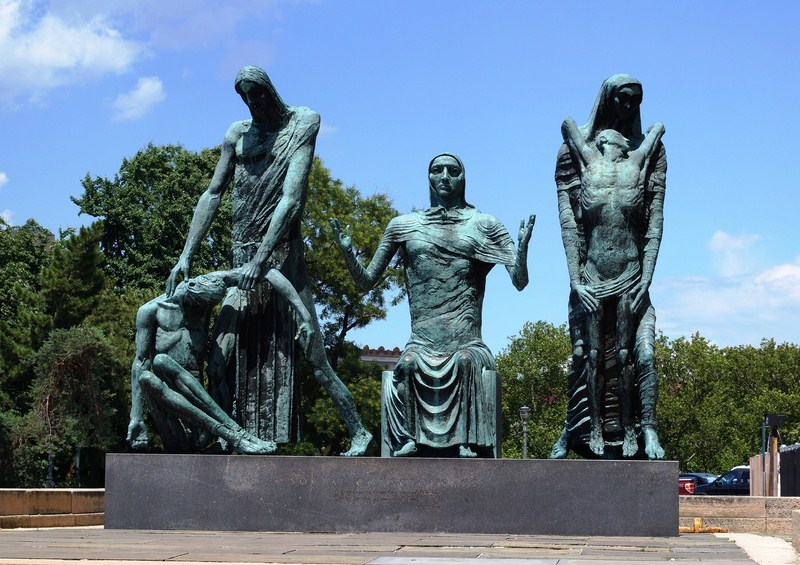
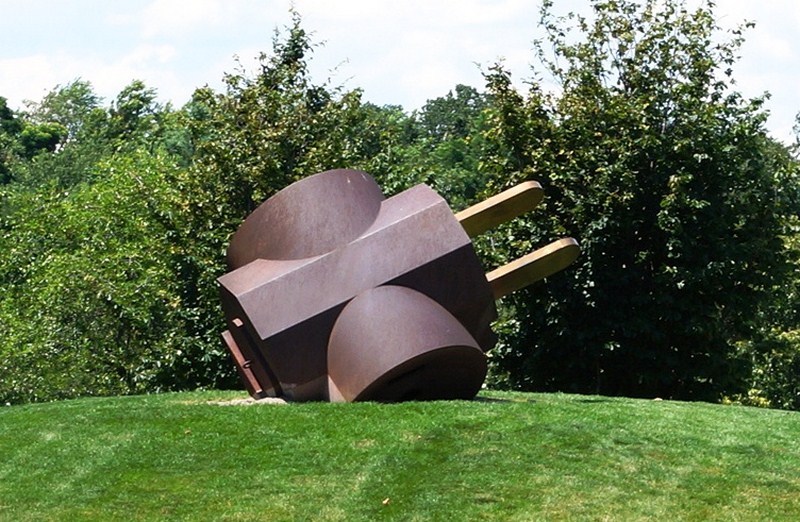
I had the amazing opportunity to recently visit the Philadelphia Museum of Art, and it was truly one of the most memorable experiences of my life.